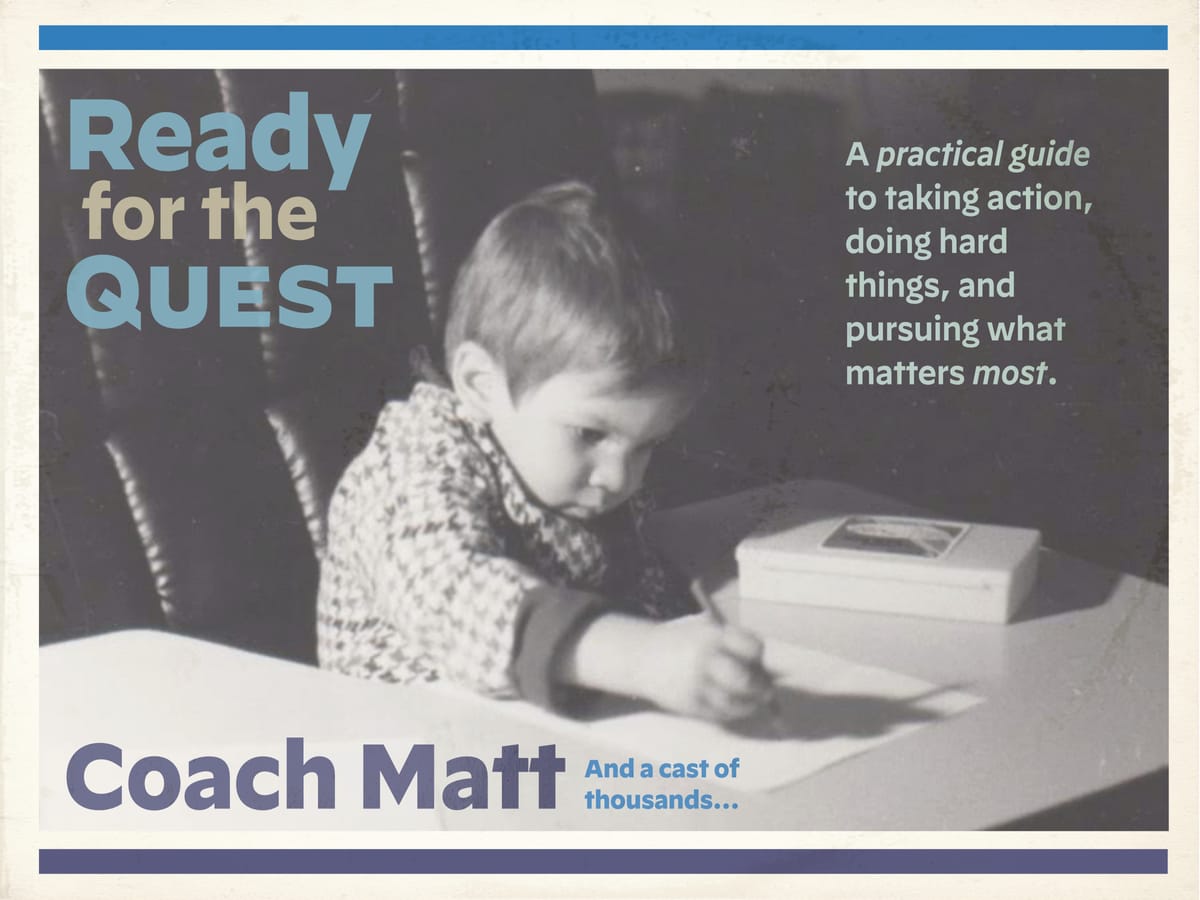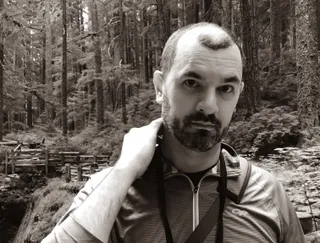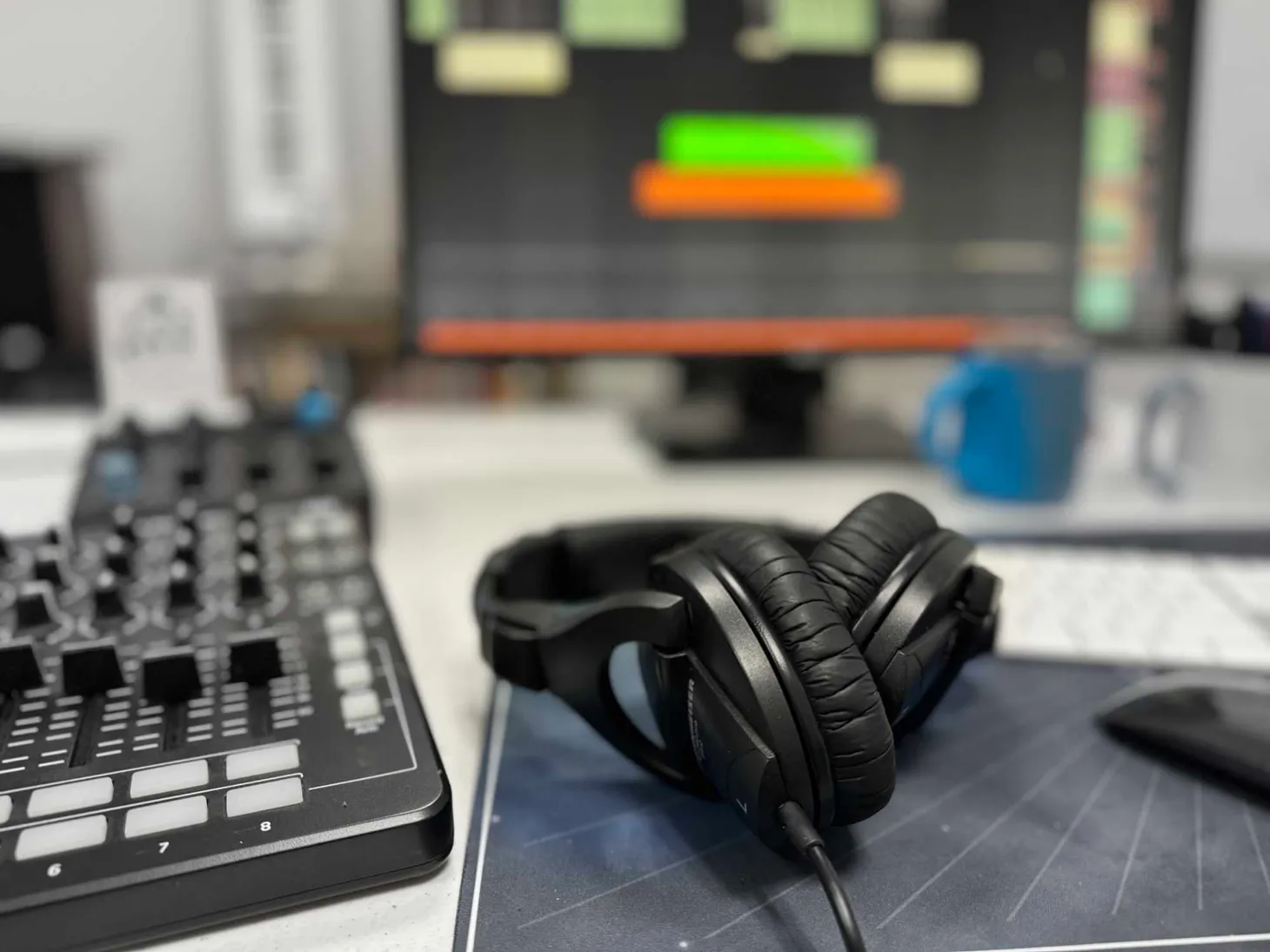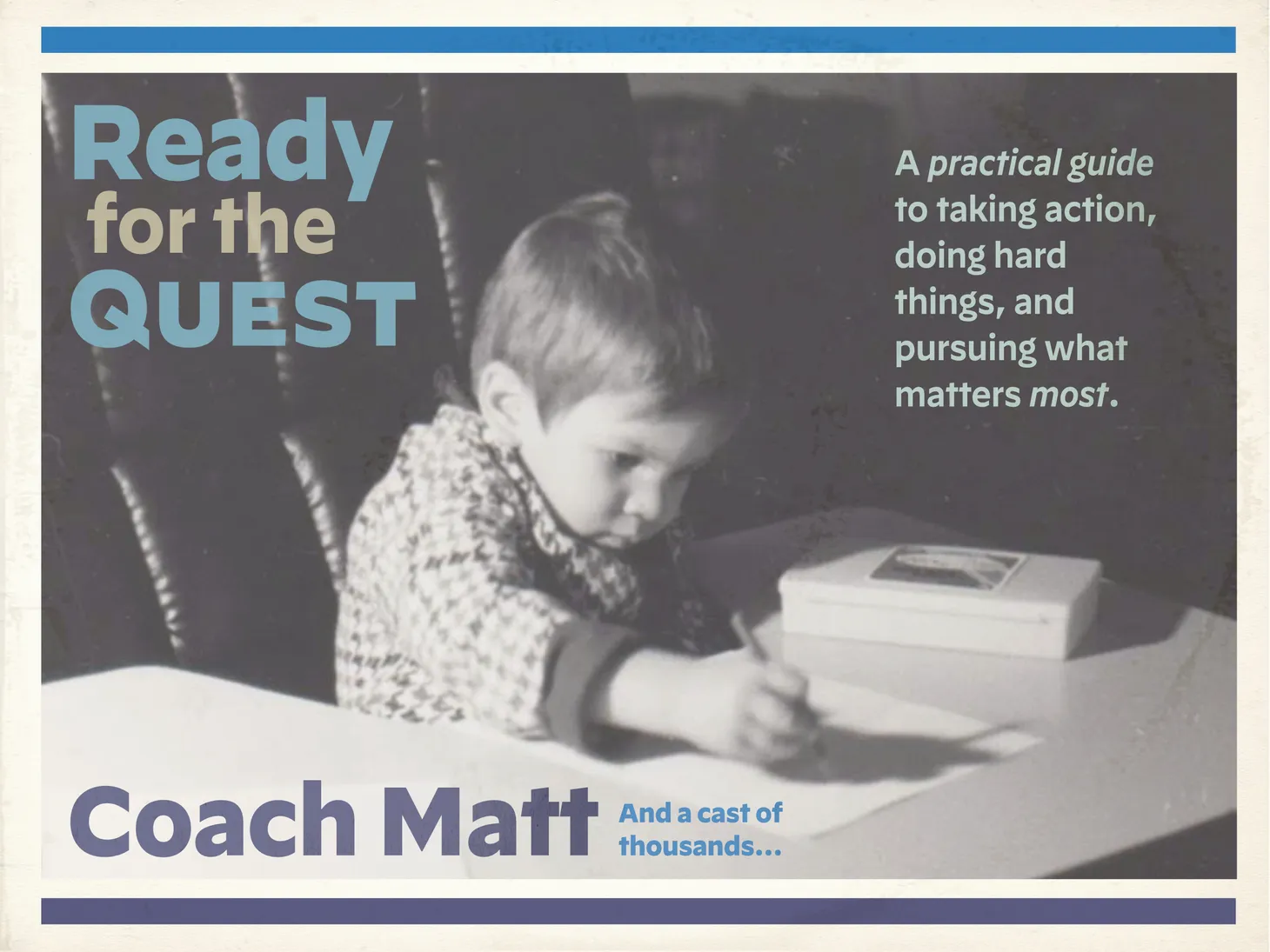You have to be a pud before you can be a stud.
You don’t get be good at something without going through the discomfort of being bad at it.

Coach Sommer Says
A Coach that I like to quote a lot is Coach Christopher Sommer. He’s is a renowned, former US National Team Gymnastics coach and the creator of Gymnastics Strength Training. He’s built some of the strongest, most powerful athletes in the world.
Coach Sommer is fond of saying to his students, “You have to be a pud before you can be a stud.” It’s a funny way of saying it, and it’s one of the unavoidable laws of making change, of doing anything new or different.
You don’t get be good at something without going through the discomfort of being bad at it. And that discomfort, which can be profound, is a big part of why we avoid change so diligently.
I encourage you to listen to Brené Brown’s very 1st episode of her Unlocking Us podcast, in which she talks about that particular kind of pain. It’s the pain of what she calls an FFT - your Effing First Time. (I bet you can figure out what that first F stands for.)
In those situations where we’re not yet skilled at something, it’s kind and productive to adjust our expectations. To normalize the fact that being a pud is necessary.
In fact, let’s go one step further and applaud all those who are brave enough to be puds. Cause those are the folks who eventually will be the studs. Hell yes. Good on them and good on you. Way to get comfortable with being uncomfortable.
Meet Your Myelination
But now let’s get scientific about it. Let’s talk about what’s going in your brain, when you’re trying to change and you’re not quite there yet. When you’re still a PUD trying to become a STUD.
Understanding the process makes it much more clear why making new habits and breaking old ones can be so confounding. We think it’s a simple matter of deciding to do it, but in fact, it’s a complex biological process. So let’s talk about myelination in your brain.
Myelin is an insulating layer that’s wrapped around the axons of some neurons in your brain. Neurons are the basic building blocks of your nervous system. These are the cells responsible for receiving input from the world, for sending commands to your body, and for relaying signals at every step in between.
Each neuron has a cable, called an axon, which carries the impulses to other neurons. When you practice a habit or a skill, these neural pathways get the myelination treatment, which helps them to carry signals over long distances. These are like the high speed, super highways of your nervous system. Myelinated axons conduct signals more quickly, and your brain becomes habituated to the quick and easy travel on those pathways.
So, imagine yourself at the crossroads of your old behavior and a new way of doing things. Looking to you left, you see the old habit, a blazing-fast, well-maintained, well-lit, eight lane, modern, mega highway.To your right, you see a new behavior, not yet a skill. It’s a dirt path, not even a road yet. It’s covered in rocks and debris. It meanders around rivers and hills. It’s bumpy and dangerous. It’s anything but efficient. Just looking at it makes you feel like a pud.
Which road are you gonna choose? Now imagine that that decision is made in the blink of an eye. In a tiny fraction of a blink of an eye. Which road do you think your brain chooses?
Learning a new way of doing things means fighting against this system. It means persuading your mind not to choose the quick and easy road. Is that gonna be simple? Hell no.
You have to build new connections in your brain. You have to travel that rough road, again and again – working out the kinks, getting rid of the rocks and holes. If you stick with it, eventually you’ll get pavement, guard rails, all that good stuff that comes with myelination.
But that takes work. Hard work. And it takes a lot of practice.

Coach Matt's Update Machine
Sign-up here and I'll email you every once in a while.




